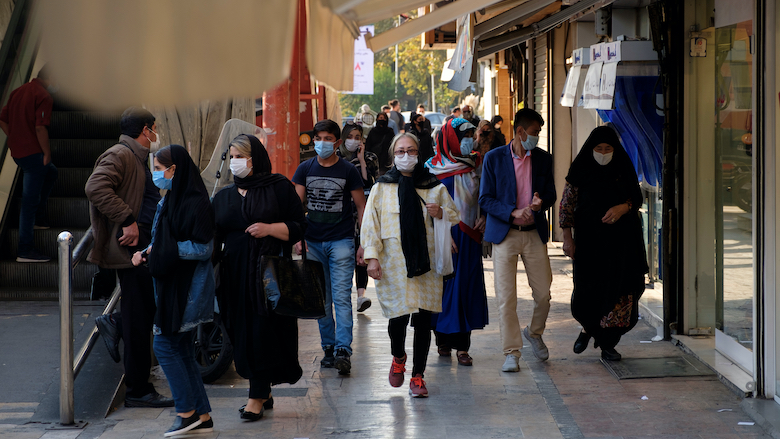Years of sanctions and the COVID-19 pandemic have mounted pressures on the Iranian economy. Fiscal space remains constrained due to a decline in oil revenues and the cost of COVID-19 mitigation measures, which caused a surge in government debt. Restricted access to foreign reserves due to U.S. sanctions led to a sharp exchange rate depreciation, which in turn heightened inflation. Job losses through the pandemic and high inflation deteriorated welfare, particularly that of already vulnerable households.
Recent Developments
Despite an initial COVID-19 induced shock to GDP, a strong rebound in mid-2020 led to a modest economic expansion in 2020/21. The COVID-19 output loss since Feb 2020 was less pronounced than in other countries as Iran’s economy had already contracted by 12% over the previous two years. The economic recovery in Q3 and Q4-2020 was stronger than expected both in oil and non-oil sectors, which grew by 16% and 3.1% YoY, respectively.
Outlook
Iran’s economic outlook hinges on the evolution of the COVID-19 pandemic and the pace of global economic recovery. The GDP recovery is projected to be slow and gradual due to a slow vaccination rollout and weak demand from regional trading partners. Inflation is forecast to decrease but remain above 20% on average in the medium term. With limited fiscal space and high inflation, economic pressures on poor households will continue. Better targeting of cash transfers can help reduce mitigation costs.
